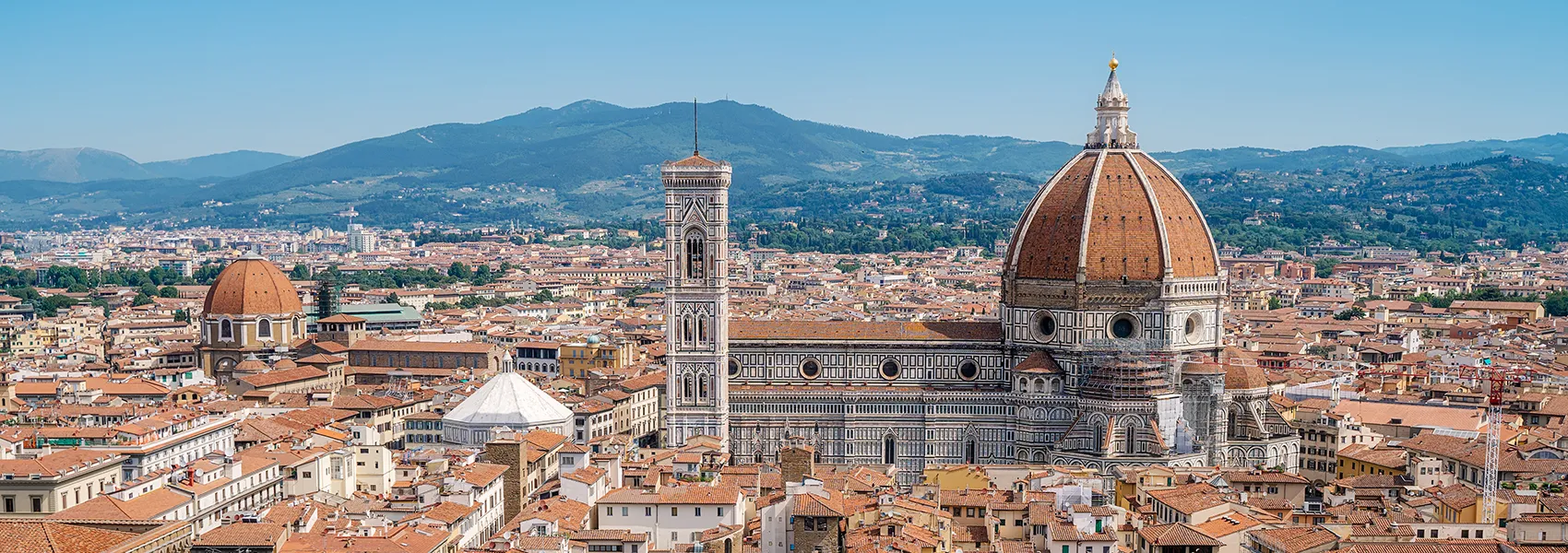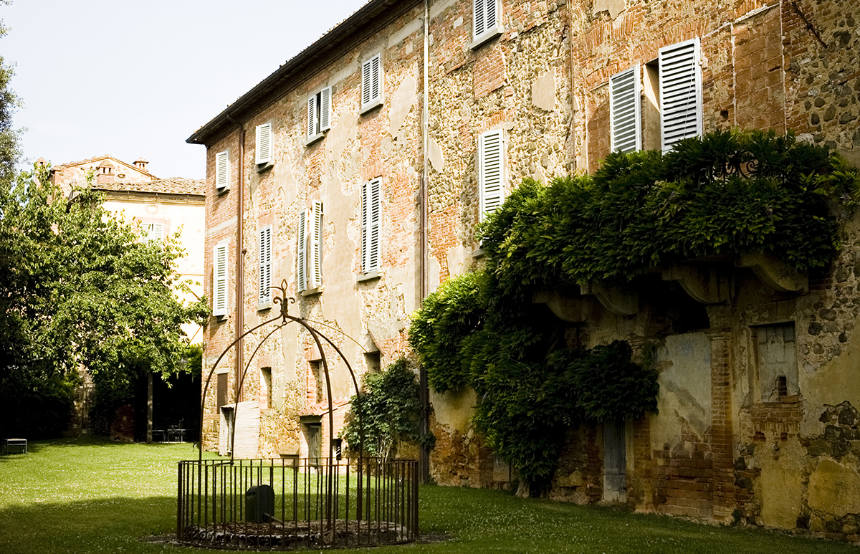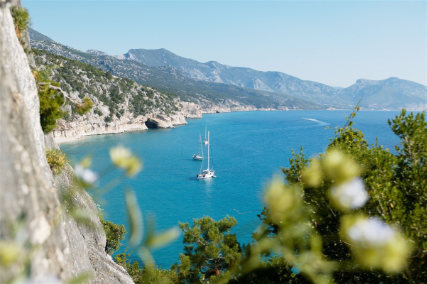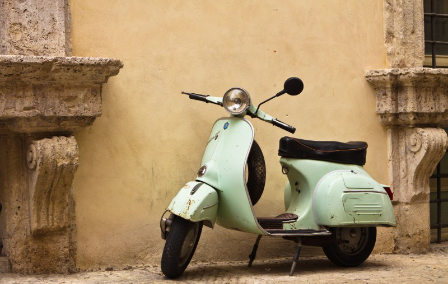
Published 10th Jan. 2025
Reading time
Italy is undoubtedly one of the prettiest places on the planet, and it’s no wonder that it’s the fifth most visited country in the world. Home to soaring snow-capped mountains, shimmering lakes, idyllic vineyards and a breathtaking coastline, the country’s natural splendour is abundant. Italy’s beauty comes in many forms, however, and you’ll find equally enchanting vistas throughout the urban cityscapes; Renaissance facades, ancient palazzos and Baroque basilicas juxtapose contemporary skyscrapers and boutique bistros. If you’re in search of a scenic city escape, we’ve compiled a list of the ten most beautiful cities in Italy to add to your travel bucket list.
As the birthplace of the Renaissance, Florence is filled to the brim with both art and architectural masterpieces, so it’s no surprise that the whole city centre is a designated UNESCO World Heritage site. A treasure trove of culture and history, some standouts include the legendary Uffizi Gallery, the striking Palazzo Vecchio and the dramatic Duomo, which dominates the city’s skyline. While the world-class galleries are home to undeniably stunning artworks, equal amounts of beauty are found in the frescoed churches and intricate porticoes hidden along cobblestoned side streets. The Florentine culinary tradition is similarly artistic, infusing timeless Tuscan dishes with contemporary flavours.

Image by Berthold Steinhilber/LAIF-REA.
Bologna’s three nicknames sum up its legacy; La Grassa (the fat one) honours its reputation as the gastronomic capital of Italy, La Dotta (the learned one) is a nod to the university founded in 1088 – the oldest in Europe – while La Rossa refers to the multitude of terracotta-tiled roofs which adorn the buildings. As a bastion of culinary creation, Bologna is the place to really indulge in authentic Italian fare and the masterpiece of Italy’s most delicious city is undoubtedly tagliatelle al ragu alla Bolognese. For those with a sweet tooth, the first commercial gelato machine was created here in 1927, and the city is often referred to as the capital of gelato. Aside from epicurean delights, Bologna is blessed with impressive Renaissance structures, including Piazza Maggiore, Basilica di San Petronio and the Torre degli Asinelli (the world’s tallest leaning medieval tower).

Image by ilolab/stock.adobe.com.
Lucca is one of Tuscany’s most beloved cities and an irrefutable addition to our list of the most beautiful cities in Italy. With charming cobblestoned streets and picturesque piazzas, Lucca lends itself to being explored on foot. The Renaissance city walls and 16th-century fortifications are immaculately preserved, and cycling or walking along the wall-top tree-lined paths provides panoramic views of the sprawling city below. Lucchesi cuisine is another draw; indulge in tordelli (stuffed pasta), followed by befanini (shortbread biscuits) and buccellato (a traditional sweet bread) – as the saying goes ‘chi viene a Lucca e non mangia il buccellato è come non ci fosse mai stato’ (whoever comes to Lucca and doesn't eat buccellato may as well not have been here).

Image by Kateryna Senkevych / Unsplash.
Lecce is another walled city, situated in the southern region of Puglia (the ‘heel’ of Italy’s ‘boot’). The extravagant 17th-century Baroque architecture is so distinctive that the style has become a genre of its own, known as barocco leccese (Lecce baroque), the best example of which is the intricate facade of Basilica di Santa Croce. Other attractions include Piazza del Duomo, the Roman Anfiteatro and the Colonna di Sant’Oronzo. The city is also famed for its papier-mâché tradition, dating back to the seventh and eighth centuries, when craftsmen didn’t have access to precious materials and had to make use of paper and glue.

Image by EunikaSopotnicka / Getty Images.
As the most iconic Italian city and the country’s capital, Rome couldn’t be missed off the list. Thanks to its rich cultural heritage and over 3,000 years of urban expansion, the municipality hosts a whole catalogue of archaeological treasures and historically significant sites. The inventory of major landmarks reads like the index of a history book; the Colosseum, the Pantheon, the Sistine Chapel, the Vatican, the Roman Forum, the Trevi Fountain (and this barely scratches the surface of iconic attractions). Add to this an incredible artistic legacy and a slice of la dolce vita (found in outstanding food markets and quaint trattorias), and ‘the Eternal City’ shapes up to be one of the most charismatic capitals in the world.
.jpg)
Image by Anita Austvika Unsplash.
Renowned for its associations with Shakespeare, Verona’s Romanesque edifices and winding walkways are suffused with romance, placing the northern city firmly on our list of the most beautiful cities in Italy. For fellow wordsmiths, a visit to Casa di Giulietta (thought to be Juliet’s house from Romeo and Juliet) off Via Cappello can be added to the itinerary. Apart from its literary legacy, Verona’s well-preserved first-century amphitheatre hosts an annual summer opera festival, and if you fancy combining your city break with some natural beauty, head to nearby Lake Garda for crystal clear waters and gloriously verdant gardens.

Image by Grigorii Shcheglov / Unsplash.
Another classic Italian city, Venice – the capital of the northern Veneto region – has swapped roads for canals and cars for gondolas. Built across more than 100 islands, the floating metropolis was a major maritime and financial power during the Middle Ages and remains one of the most popular destinations in Italy. While parts of the city have become tourist hotspots, there are still plenty of hidden gems to uncover and secluded corners to explore. Venetian architecture is showcased in the palazzi and churches that line the banks of its waterways; the Basilica di San Marco and Palazzo Ducale are particularly spectacular. Sample exquisite seafood and spreads of cicheti (Venetian tapas) at one of the many canal-side bistros.

Image by Olivier Romano.
Located on the Ionian coast of Sicily, Syracuse was once the largest city in the ancient world, founded by Corinthia colonists in 734 BC (and just happens to be one of our favourite cities in Italy). The island of Ortygia, linked to the mainland by three bridges and measuring less than a mile in length, was the original Corinthian settlement. The historic heart of the city remains one of Syracuse’s main attractions and is an atmospheric area worth visiting. The wall enclosing the isle offers sweeping views across the Ionian Sea, while the Piazza Duomo and Duomo di Siracusa are beacons of timeless Sicilian beauty.

Image by Patrick Love/Redux-REA.
The Tuscan city of Siena is a shrine to Gothic architecture, with its serene medieval city square – Piazza del Campo – presided over by the impressive Mangia tower. The city consists of 17 contrade (districts), hailing from the Middle Ages and each with their own flags, mascots and traditions. Inside each contrada you’ll find winding, lively streets, punctuated with charming boutiques and authentic pasticcerie (pastry shops). Traditions remain strong throughout the city; the historic horse race, Il Palio di Siena, takes place here each summer and dates back to the 16th century.

Image by Danny Lehman / Getty Images.
Rounding off our list is the ravishing Ravenna, located in the Emilia-Romagna region and home to no less than eight UNESCO World Heritage sites. Strolling through the elegant yet modest city centre, peppered with sophisticated eateries and bountiful markets, it’s hard to believe that Ravenna was once the capital of the Western Roman Empire. Although upon wandering into one of several churches, chapels or baptisteries, you’ll soon see why the pint-sized city deserves every accolade. The beautiful Byzantine mosaics which adorn the interiors are shining examples of early Christian artwork and a veritable feast for the eyes. Some of the most impressive are found in the church of San Vitale, the Mausoleum of Galla Placidia and the church of Sant'Apollinare Nuovo.

Image by Smartshots International / Getty Images.
Written by Luisa Watts.

Italy is a holiday hotspot (for good reason), so our help in navigating the crowds is invaluable. From snapping up hard-to-come-by Vatican tickets (at the quietest times of day) to organising an archaeologist to guide you around Pompeii, our consultants have the insider intel to make your trip unforgettable. Stuck on where to stay? Our vetted accommodation options range from family-run ‘trullis’ in Puglia to big-name hotels in Venice. So, whether you're an adventurous family or a couple on a romantic retreat, we can find the version of Italy to suit you.
ENQUIRE NOWPractical advice and inspiration for your next trip

On a research trip to Umbria and Tuscany, our Europe specialist, Valeria, discovered that the best way to explore the Italian countryside is by car. During her road trip, she marvelled at Marmore Falls, admired the beautiful views over Lake Trasimeno and wandered through the UNESCO-listed village of Castiglione d'Orcia. From cooking classes to wine tastings, her trip was jam-packed with Italian delights.
14th October 2025 - Italy Travel Tips

With its iconic landmarks, stunning scenery and famously delicious cuisine, Italy has long ranked as one of our all-time favourite destinations. This Mediterranean marvel is often thought of as a summer spot, but plan your trip to Italy in May and you’ll be rewarded with warm weather, fewer crowds, springtime festivals and scrumptious seasonal food. Have we piqued your interest? Read on for our top five reasons to visit Italy in May… For the weather For fewer crowds For springtime festivities For outdoor activities For the food For the weather Italy,
18th August 2025 - Italy Travel Inspiration

Dodge the summer surge and enjoy a holiday to Italy in September. Scale the dramatic Dolomites in the refreshing autumn air, raise your glass in the Tuscan hills during grape harvest season or immerse yourself in Venice’s flamboyant festivities. If it’s thinning crowds you’re after, head south to Puglia’s charming coastal towns, or for sun-drenched sandy beaches, Sicily has your name written all over it.
16th June 2025 - Italy Travel Inspiration

Our team of destination experts will get to know you and your unique requirements for your holiday

We work with you to build an ultra-personalised holiday itinerary with your choice of accommodation, experiences and activities

All of our holidays include little extras designed to make a big difference to your trip, from fast-tracking you through airport check-in and security to our network of local Concierges